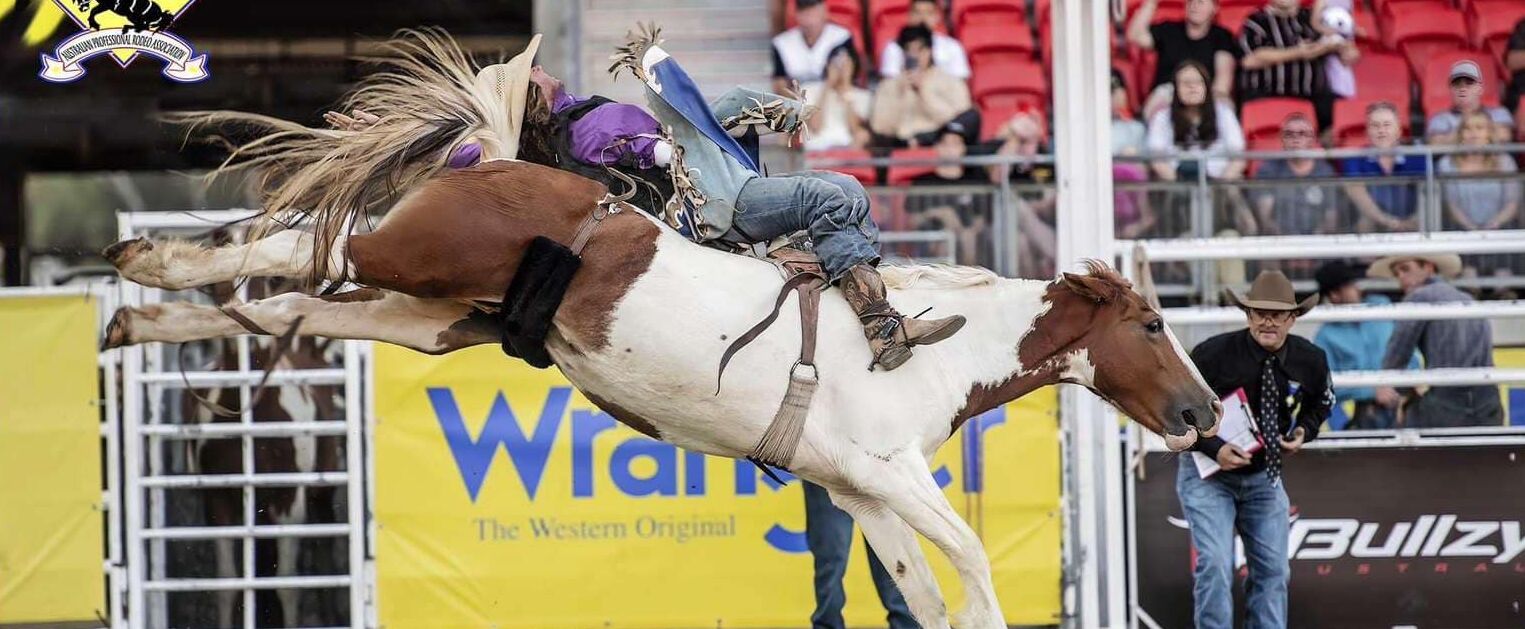A bad year for Pinkeye in cattle across the district
It appears to be a bad year for pinkeye in cattle – Local Land Services are hearing lots of reports from producers right across the region who say they are struggling to get on top of the problem.
Pinkeye in cattle is a highly contagious infection of the eye caused by Moraxella bovis. This bacteria produces toxins that attack the surface of the eye and surrounding tissue causing serious pain and inflammation.
The first sign is a watery discharge, then the eyeball develops a cloudy blue, and then red appearance. If the surface of the eye is damaged enough an ulcer, which looks like a white or yellow spot, can develop.
It is incredibly painful, and vision will be affected to varying degrees. If the infection progresses further the eyeball is at risk of rupturing resulting in permanent blindness.
Flies spread the bacteria as they are attracted to the discharge from the eyes of affected animals.
Other factors that contribute to eye irritation and promote watery eye discharge across the mob (like dust, tall grass, grass seeds or thistles) increase the rate of fly activity and risk of spread.
Immunity plays a role in the severity of infection. Cattle under two years are highly susceptible, as well as some breeds and individuals with a lack of eye pigmentation (classically white-eyed Herefords).
Preventing, or minimising the likelihood of an outbreak of pinkeye is the best strategy.
Try to avoid exposing cattle, particularly weaners, to environments that can lead to eye irritation.
Consider implementing fly control strategies, like pour-ons or insecticidal ear tags. Piligard® is a preventative vaccine that includes three of the seven strains of Moraxella bovis. It is a single-dose vaccine, and needs to be used 3-6 weeks before the disease starts circulating.
If cases of pinkeye start to crop up, taking early action is critical to minimising its impact.
Affected animals should be promptly managed to control the progression of the disease and reduce bacteria presence.
Consider involving a private vet to make a whole herd assessment, and work together to develop a management plan. Treatment options are topical antibiotics in the eye (creams are best, try to avoid powders and sprays), injectable anti-inflammatories, and even injectable antibiotics, depending on the severity/stage of the disease.
Covering the eye with patches can reduce the chance of spread to other cattle, prevent further trauma to the eye, and protect from ultraviolet light.
While putting animals in close confinement in yards for treatment provides a risk for spread, aim to manage this by wetting pens to reduce dust and minimise the time spent handling.
We are also getting reports of sheep with pinkeye at the moment, however, the approach to management in this instance is not the same. The causative bacteria in sheep pinkeye are different (chlamydia and mycoplasma spp) and infections tend not to be as severe.
The disease is self-limiting and cases generally resolve without treatment in a couple of weeks.
However, it is important to ensure that animals can access good quality feed and water. Individual animals may be caught and treated in the paddock where necessary.
For advice on how to manage pinkeye in cattle or sheep feel free to get in touch with your local district vet, or your private vet.
Information sourced from Local Land Services Central West Regional Update March 2024 edition.
Latest News
CHS ANZAC Day commemoration
The Condobolin High School held its Commemoration of ANZAC on [...]
Tullamore Ceilidh
The Tullamore Irish Gathering was held Friday evening 12 April [...]
Cultural Garden Rejuvenation at Condobolin Public School
Condobolin Public School’s Cultural Garden in undergoing a rejuvenation. Members [...]
James competes at the Sydney Royal Easter Show
Tullibigeal farmer, James Fyfe, recently competed at the Sydney Royal [...]
Transition to School
Lachlan Children Services held their first Transition to School for [...]
CPS Reading Rockstars and Punctuality Pros
In the last week of Term One, Condobolin Public School [...]










